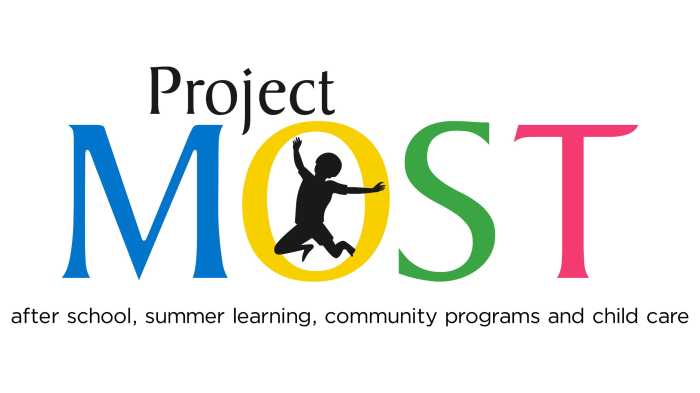New York State schools start the new year with a welcome change – a “bell-to-bell” ban on cellphone use.
Gov. Kathy Hochul signed the change into law in May, and school districts were given until September to determine the details.
The only question is what took so long?
Cellphone use in schools has been linked to reduced attention and learning, lower test scores, higher stress and anxiety, more bullying and social conflict, and classroom disruptions and discipline challenges.
This is because cellphones are much more than telephones. Smartphones are, in fact, cameras, calculators and small computers with apps that link users to all that is on the internet, otherwise known as the World Wide Web for a reason.
Cellphones interrupt concentration during class, making it harder for students to follow lessons. Research from the London School of Economics found that schools banning cellphones saw significant improvements in test scores, especially for lower-achieving students.
Constant distractions from notifications, texting, and social media reduce instructional time. The need to constantly check messages or social media updates can also increase anxiety.
Cellphone use during school feeds habits of late-night scrolling, which can harm sleep patterns and, in turn, academic performance. Social media accessed during school exacerbates self-esteem issues through constant exposure to curated images and popularity metrics (likes, followers).
Cellphones allow bullying to extend beyond recess, following students into classrooms or after school. Group chats and social media at school reinforce social divisions, leaving some students isolated.
Students can use phones to look up answers, share test questions, or access unauthorized materials. Overreliance on phones can limit face-to-face interactions, reducing empathy and weakening social skills.
Cellphone use by students does offer some benefits. This includes allowing parents and students to communicate in case of emergencies, such as school safety incidents, health concerns, or family needs, and assisting students with special needs.
Some 17 states and the District of Columbia have rolled out new restrictions just this year, marking a growing momentum.
New York joins three other states – Floriday Lousiana and Texas – with what has been characterized as strong or all-day bans.
The need for states to step in reflect a failures of the federal government and states to otherwise regulate social media companies.
Under federal legislation enacterd in 1996, a social media companies generally are not legally liable for harmful content posted by users (including cyberbullying) or problems like libel that print and broadcast companies are subject to.
This has enabled platforms like Facebook, YouTube, and Twitter (X) to create logorithms that encourage conflict that maximizes company profits at the expense of the mental health of users.
The European Union appproved a Digital Services Act that requires big platforms to assess and mitigate risks to mental health and protect minors from harmful content.The United Kingdome approved the Online Safety Act, which requires platforms to shield children from harmful online content.
But there is no comparable national law in the United States.
New York, California and Utah have started exploring laws to restrict harmful algorithmic targeting, limit screen time, or require parental consent for youth accounts.
This would address the next big issue facing parents – what happens to students when the bell rings and the school day ends.
Unless the states or federal government provide safeguards, there is only one group that can protect students – their parents.
Iphones allow app limits, the scheduling of “off hours” when only calls and approved apps work, content filters and location sharing. Androids allow screen time limits, bedtime modes, content filtering and remote locks.
Third-party apps and other services will monitor text, social media and web activity, provide detailed activity reports, app blocking and geo fencing. And cellphone service providers offer restrictions and tracking.
Taking advantage of these safeguards requires parents to familiarize themselves with the apps and services available.
Or they can simply go back to the future and buy their children a flip phone that offers only telephone service
This is not an easy task. But given the threat posed by smartphones, parents don’t have a good alternative. It is up to them to limit the harm that cellphone use can cause once the school day ends.


































